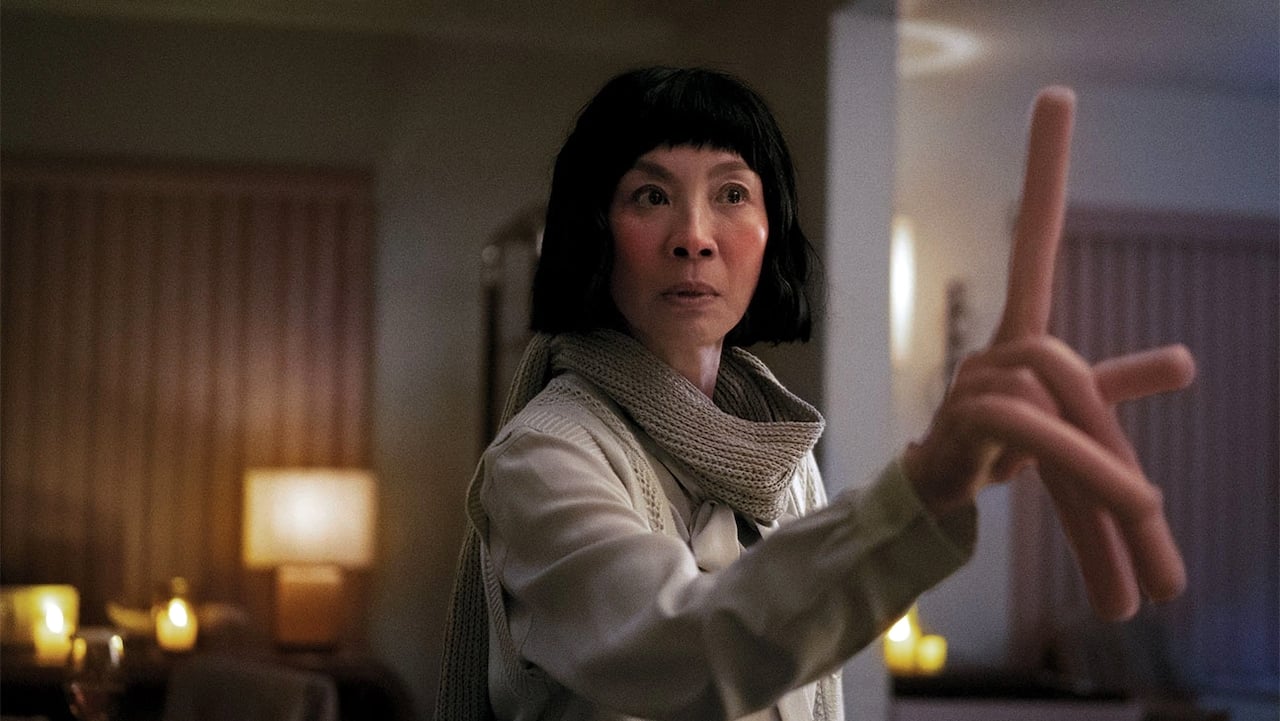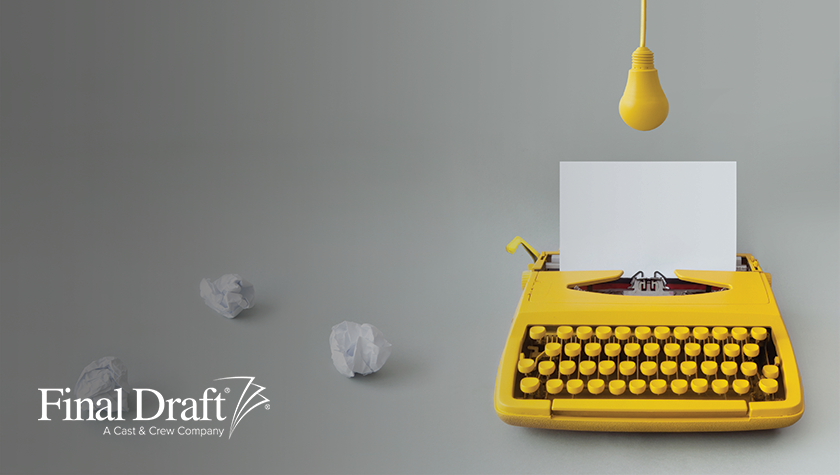What Genre Is My Screenplay?
March 27, 2023
Knowing what film genre you’re writing in is important for several reasons. Whether or not you’re playing into genre conventions or defying them, it’s useful to know what tropes have frequently appeared in certain kinds of films. Also when submitting your screenplay to managers and other industry professionals, it’ll help you to identify what people have worked with or represented people who have written in your chosen genre; it’ll also help you when pitching your script, explaining what kind of script it is, what films it’s similar to, etc.
Knowing the genre of your script also helps you if you’re entering it into a screenwriting contest (e.g., Final Draft’s Big Break Screenwriting Contest). Most screenwriting contests have different categories to enter and sometimes a writer won’t pick the most appropriate one for their script. As I explained in my article 5 Steps to Preparing for a Screenwriting Contest, contest readers are given the option to read the genres they prefer, so it’s likely that the person reading will be a fan of the category you’ve selected. Because of this it’s very important to know the genre of your script and to enter it into the most appropriate category: you want to make sure the people reading are fans of the type of script you wrote.
As I also discussed in that article, there are sometimes scenarios in which a writer is either intentionally or unintentionally genre-bending (i.e., combining tropes from different genres). For example, Cocaine Bear is a Comedy Horror and nearly every Quentin Tarantino film mixes tropes from multiple genres. Everything Everywhere All At Once blends drama, sci-fi, adventure, romance and comedy. So if you wrote a genre-bending script, which contest category should you select?
Once again, think about the person who’ll be reading it, and what the overall tone of your script is. If it’s a Comedy Horror and it’s a little funnier than it’s scary, go with Comedy (or enter it into both categories if you’re able to). If your script combines several different genre tropes, then pick the genre with the most represented tropes throughout.
Below are the different genre categories for the Big Break Screenwriting Contest (which reflects general film industry categorization) with a description of each genre and some popular film examples:
Action/Adventure
Action films place emphasis on action-packed thrills and excitement. They contain multiple action set pieces and the protagonist has to battle it out with various opponents and overcome several physical obstacles. Popular examples are the Mission Impossible, Fast & Furious and John Wick films. Martial arts films — even if they take place in the past and during a specific historical period — are usually categorized as action films because of their emphasis on action set pieces. More grounded super hero films that center around a character without super powers (e.g., Batman; the Punisher) could likewise be categorized as action films. Adventure films often contain a lot of action and excitement as well, but are usually marked by a protagonist on a quest and journeying to far-off places. Popular examples are the Indiana Jones, National Treasure and Tomb Raider films.
Comedy/Rom-Com
Comedies place humor and laughs above everything else. They contain comedic set pieces and the protagonist is often trying to achieve a specific goal but is thwarted by several obstacles and misadventures. Popular examples are Planes, Trains and Automobiles, Bridesmaids, and The Hangover and Vacation films. Rom-Coms (Romantic Comedies) are distinguished by a romantic storyline and often center on a couple’s unusual courtship. Popular examples are Pretty Woman, Sleepless in Seattle and Knocked Up.
Drama
Dramas are often more character-driven stories that can include a wide variety of subgenres from coming-to-age melodramas to sports and crime dramas. Ultimately what defines a drama is an emphasis on dramatic material and the greater human condition. As with Action/Adventure films, sometimes a Drama can take place in the past and during a specific period if the emphasis is on fictional characters and the historical backdrop is just that: a backdrop (e.g., The Godfather films are usually categorized as crime dramas). Other popular examples are Dead Poets Society, Do the Right Thing, Goodfellas, The Wrestler, The Whale and the Rocky films.
Family/Animated
Family films are child friendly and/or can be enjoyed by members of an entire family. Popular live-action examples are Free Willy, The Parent Trap and the Home Alone films. These days most family films tend to be animated and include examples such as the Shrek and Toy Story films (and all other films under the Pixar banner).
Period/Historical/War
Period, Historical and War films are dramatic stories with emphasis on real-life people and/or events in history. They can also focus on fictional characters but the historical element has to be a strong component of the story (e.g., Inglourious Basterds; Django Unchained). If you’ve written a Western, WWII script or biopic about a person who had a major impact on the world, go with this category. Popular examples are Schindler’s List, Wyatt Earp, Saving Private Ryan, The Aviator, Dunkirk and The Imitation Game.
Sci-Fi/Fantasy
Sci-Fi (Science Fiction) films usually take place in the future or center around extraterrestrial lifeforms or a technological advancement (e.g., a time machine). Popular examples are Close Encounters of the Third Kind, Back to the Future, Independence Day and the Star Trek series. Fantasy films center around a fantastical world or characters with fantastical powers. Popular examples are Conan the Barbarian, the Lord of the Rings and Twilight series and many super hero films (e.g., the Superman and Thor films).
Thriller/Horror
Thrillers place the protagonist into a frightening or dangerous situation they struggle to overcome. Popular examples are Sleeping with the Enemy, Basic Instinct, Single White Female and pretty much every Hitchcock film. Sometimes crime dramas get confused with crime thrillers, especially if they center around a murder: the question to ask is “How pervasive is the threat to the protagonist?” If there isn’t much of a threat, it’s probably a crime drama (e.g., Mystic River); if there is a threat, it’s likely a crime thriller (e.g., Se7en). Horror films are easier to distinguish, often involving a supernatural threat, a monster of some sort and placing emphasis on scary or gruesome set pieces. Popular examples are the Halloween, A Nightmare on Elm Street, Saw and Paranormal Activity films.
Written by: Edwin Cannistraci
Edwin Cannistraci is a professional screenwriter. His comedy specs PIERRE PIERRE and O’GUNN both sold with more than one A-list actor and director attached. In addition, he’s successfully pitched feature scripts, TV pilots and has landed various assignment jobs for Universal, Warner Bros, Paramount and Disney.



